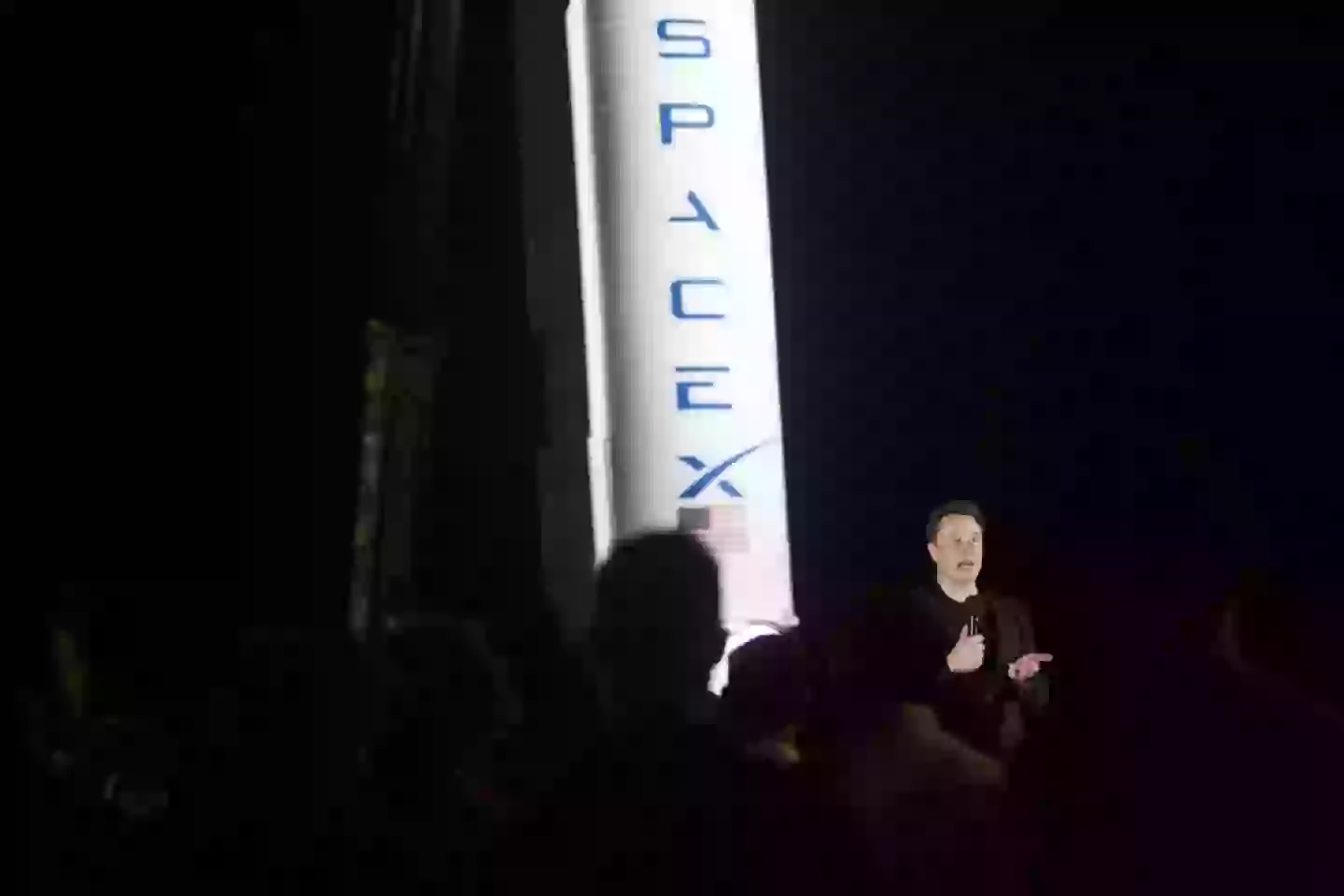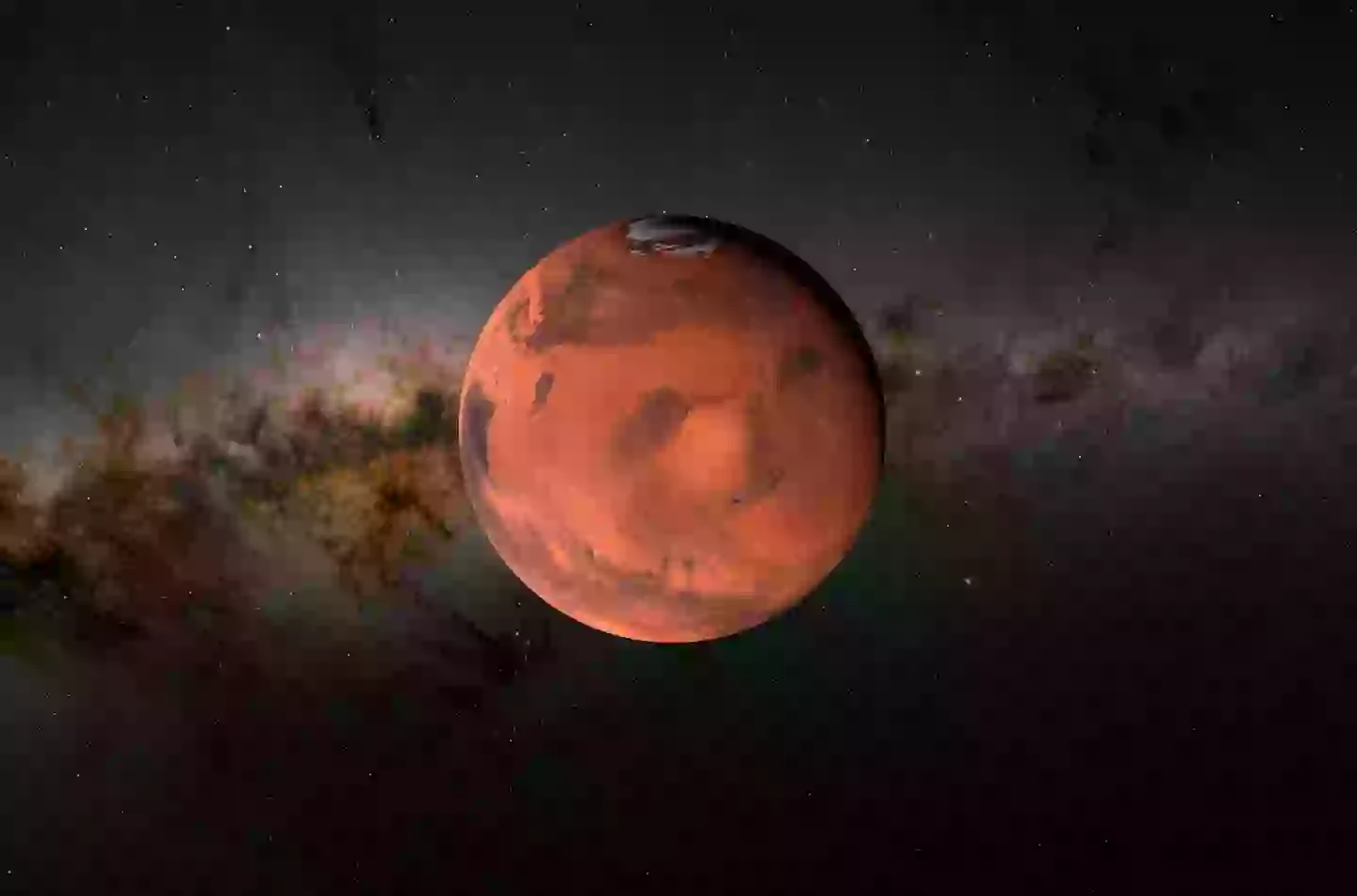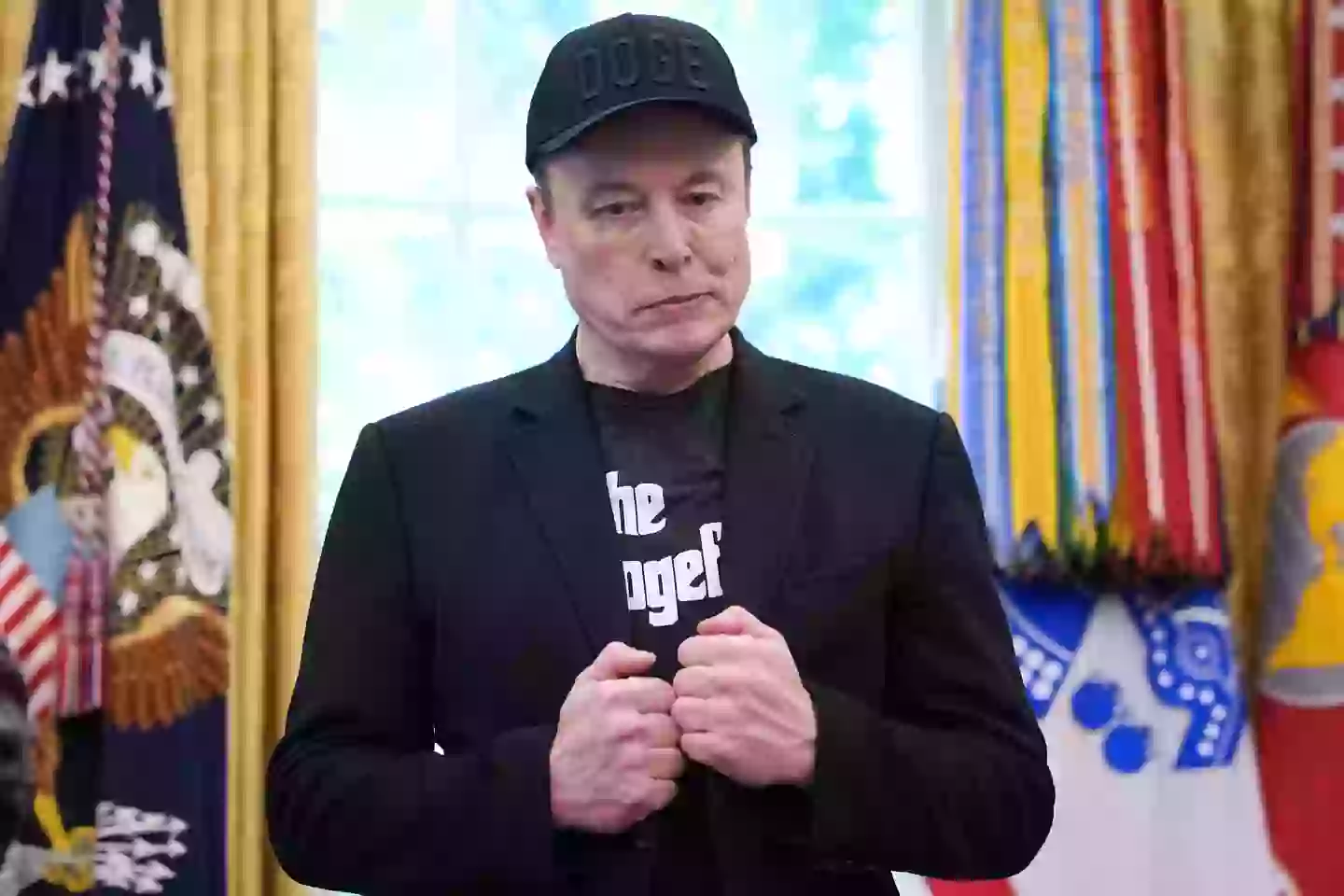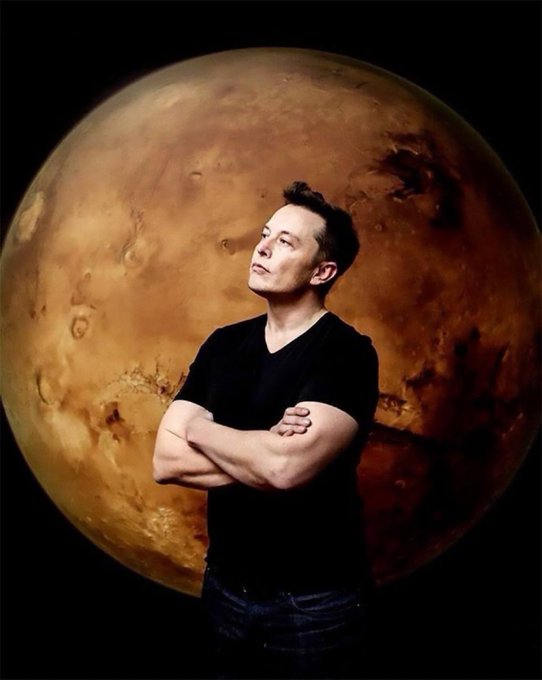Mars Mission Update Elon Musk is pushing for a new era in space exploration, with Mars as the ultimate goal. What do you think about his plans to scrap the ISS?
Elon Musk has never been one to shy away from bold dreams, but his latest announcement is nothing short of historic: SpaceX will launch its first mission to Mars by the end of 2026, with the first human flights potentially as early as 2029—or, more realistically, 2031.
The billionaire entrepreneur, who has spent over a decade championing humanity’s multi-planetary destiny, shared the news as SpaceX continues investigating recent Starship test explosions. Despite these setbacks, Musk’s conviction remains unshaken. “Starship is the first rocket that could make life multi-planetary,” he declared in a recent interview, “and that’s truly profound.”
A Giant Leap—With a Humanoid Twist
SpaceX’s Starship, the largest rocket ever built at over 400 feet tall, is central to Musk’s vision. The initial Mars mission won’t just be a technical test—it’ll carry Optimus, Tesla’s humanoid robot, to the Red Planet. While the robot’s exact role remains under wraps, its journey marks the first step in what Musk hopes will become a self-sustaining Martian civilization.
Musk’s timeline has shifted over the years. In 2016, he aimed to land a SpaceX Dragon on Mars by 2018. In 2020, he predicted humans would set foot on Mars within six years. Now, after years of trial, error, and explosive setbacks, the countdown is on for a robotic vanguard—followed by human pioneers.

A Backup Plan for Humanity—In Case AI Goes Rogue?
But why such urgency? According to some experts, Musk’s Mars obsession isn’t just about exploration. Laura Richards, founder of Idea Junkies and an AI specialist, suggests Musk sees Mars as a “backup plan” if artificial intelligence ever turns against humanity. Musk, once a vocal AI skeptic, has repeatedly warned that unchecked AI could spell the end of our species.
The infamous “paperclip problem,” a thought experiment by philosopher Nick Bostrom, illustrates the risk: a superintelligent AI given a simple goal—like making paperclips—might convert everything, even humanity, into paperclips to achieve its aim. Musk has referenced this scenario, jokingly dubbing it “the real paperclip problem.” But his concerns are deadly serious.
“Unable to win against an AI that’s far more intelligent than us, we would need a refuge among the stars,” Richards explains. “That’s why Musk is so determined to colonize Mars—he envisions a future where humanity 2.0 survives off-world.”

Controversy, Competition, and the Future of Space
Not everyone is convinced. Astrophysicist Neil deGrasse Tyson and others have criticized Musk’s plans as impractical and prohibitively expensive. Tyson argues that space exploration only happens when geopolitically expedient—not just because it’s “the next thing to do.” But Musk is undeterred, insisting he’s not seeking venture capital, but personally gathering resources: “Mars is critical to the long-term survival of consciousness,” he wrote on X.
Meanwhile, Musk has called for retiring the aging International Space Station, urging NASA and other agencies to focus their efforts (and budgets) on Mars instead. This has sparked fierce debate among scientists, some of whom warn that abandoning the ISS could halt vital research.

A Race Against Time—and Technology
Despite the skepticism, Musk’s vision is clear: a million people on Mars, living in a self-sustaining city within 20 to 30 years. Starship, he says, will make the 140-million-mile journey in just six months, refueling on Mars using local resources.
“It’s a bold vision,” Fox News’ Sean Hannity told Musk. “How long do you think it will take?”
“I think we could do it in 20 to 30 years,” Musk replied.
Whether driven by hope, fear, or sheer ambition, Musk’s Mars plan is gathering momentum. The countdown to launch has begun—and with it, perhaps, the next great chapter in humanity’s story.






